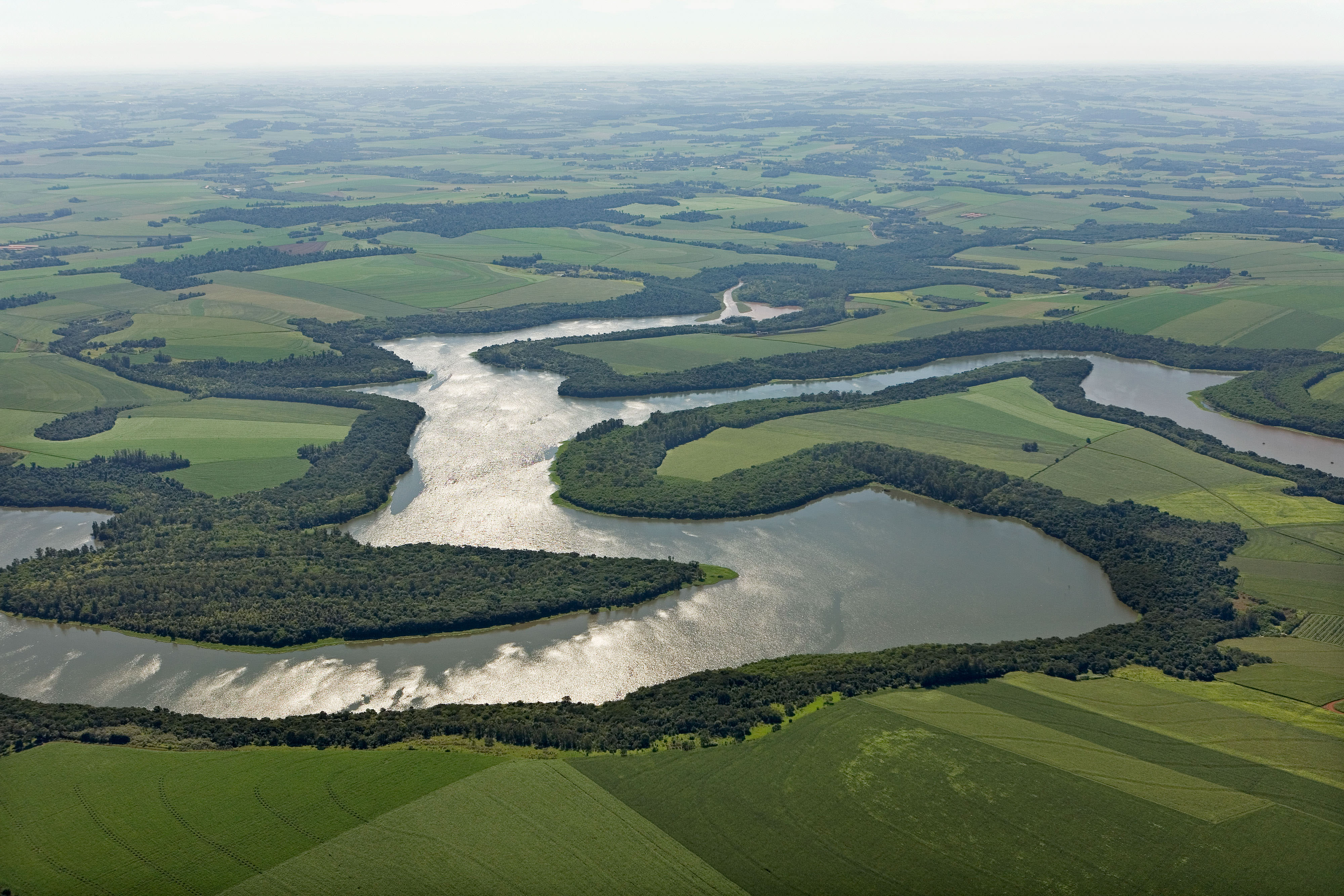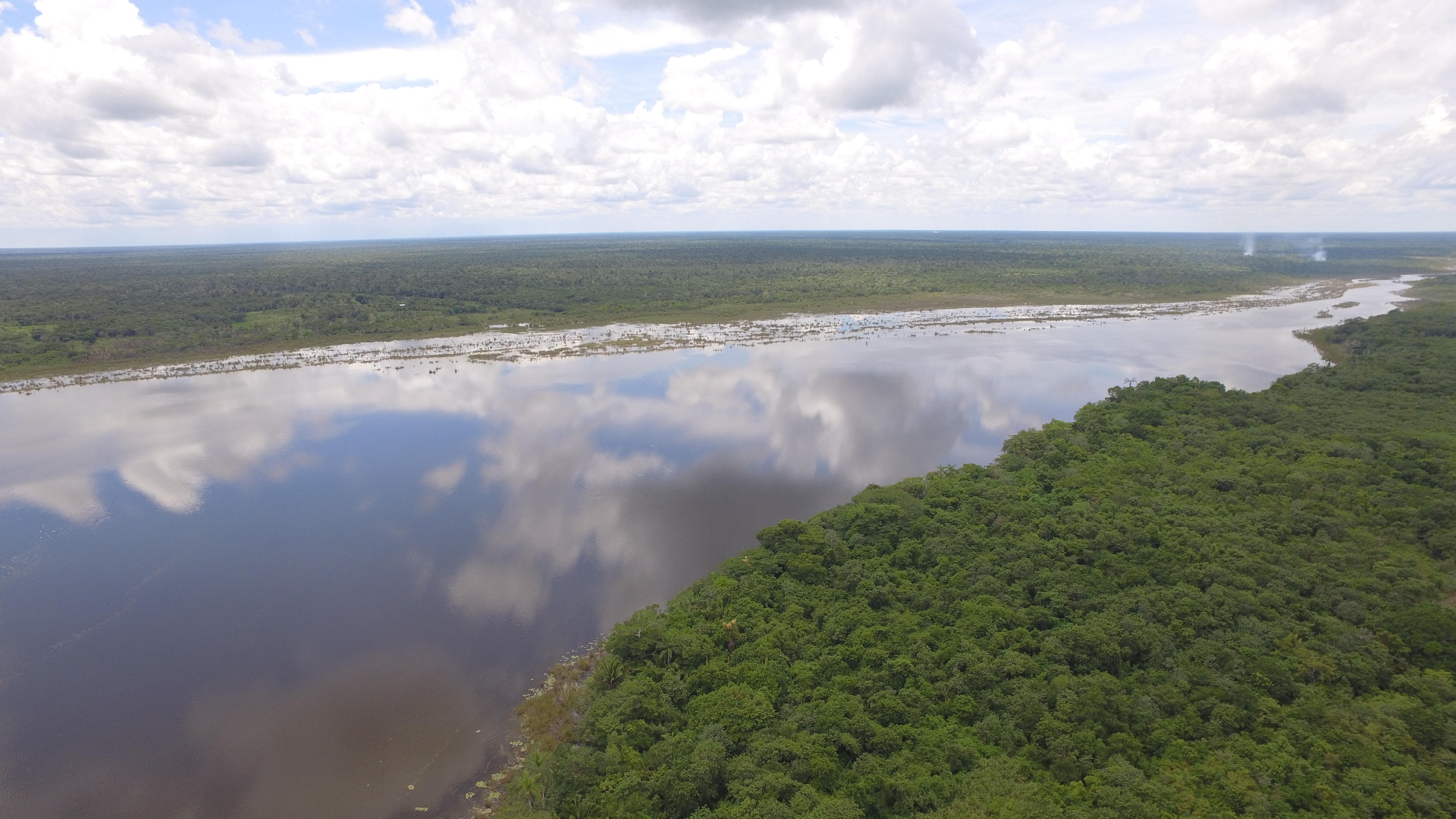Is there Room for Optimism on Water Security?
By Tara Varghese, Global Water Stewardship Manager, PepsiCo
844 million people lack access to clean water—that’s over 1 in every 10 people in the world. Over 30 percent of Earth’s water sources are over-tapped and over-allocated. And as many of the world’s most critical landscapes continue to be degraded and climate change worsens scarcity and flood risks, threats to the quantity and quality of our water supplies are likely to grow.
Water scarcity is already a regular feature in global news headlines. From Cape Town and the Colorado River to India, water crises can bring with them devastating impacts on people, nature and economies alike. So what gives me cause to be optimistic?
I believe that a water secure future is achievable, even for a growing and more prosperous population. Water is a global challenge but, increasingly, water is being treated as a local resource that requires local solutions. Improved awareness plays a vital role. The more that water users are informed about their water sources, the better equipped they are to act together to support the long term sustainability of their supply.
For PepsiCo, water stewardship has long been a priority. Throughout our value chain, our business relies on water. It is the primary ingredient of our beverages and a primary input for growing the crops we use to produce our foods.

Through our Performance with Purpose 2025 Agenda, launched in 2016, PepsiCo is striving to have a Positive Water Impact, meaning our efforts and partnerships will be designed to enable long-term, sustainable water security for our business and others who depend on water availability.
This starts with our own operations. We are aiming for a 15 percent improvement in water-use efficiency in high-water-risk sourcing areas of our direct agricultural supply chain. We have also doubled down on our 25 percent improvement in water use efficiency from 2006-2015 with an additional 25 percent improvement goal by 2025.
But achieving a Positive Water Impact requires that we go further. We have set a goal to replenish 100 percent of the water we consume in manufacturing operations located in high-water-risk areas, ensuring that such replenishment takes place in the same watershed where the extraction has occurred. This helps to protect local ecosystems.

Our efforts are made possible through collaboration with expert organizations like The Nature Conservancy (TNC). TNC’s reach and expertise in Latin America has enabled us to invest in natural infrastructure and water funds that protect water at its source in regions of Mexico, Guatemala, Brazil and the Dominican Republic that experience scarcity. We have also worked with TNC in the Colorado River Basin, through the Salt and Verde Alliance in Arizona and conservation initiatives in Colorado. Separately, in India, PepsiCo’s teams have been implementing community water recharge and conservation projects across the country, including targeting the specific watersheds that supply our high-water-risk facilities.
This kind of multi-stakeholder, cross-sector action is the only way that improved water sustainability can be achieved at scale. The mutual reliance of business, communities and the natural environment on finite water resources means that none of us can mitigate the risks in isolation. We all feel the pressure, and we must all collaborate, innovate and adapt to secure our futures.
There are other prominent examples of collective action that add to my optimism. The CEO Water Mandate (a project of the Pacific Institute and the UN Global Compact), along with others, are leading context-based water target pilots that aim to harmonize companies’ targets with the watershed’s specific needs. The 2030 Water Resources Group has launched new multi-stakeholder platforms in places like Sao Paulo and Maharashtra. The World Resources Institute and the Pacific Institute are working to fill a critical information gap on public water management and risk through the Aqueduct Water Management Atlas. Much more collaboration will be needed in the future.
PepsiCo has long supported the view that water access must be seen as a human right. We also believe that it is possible to have both economic development and a water secure future—in fact, I’d argue that we can’t have one without the other. While the challenges are more apparent than ever, I remain optimistic that industry, government, communities and civil society can co-develop the forms of cooperative action that can help to extend equitable and sustainable access to water around the world long into the future.